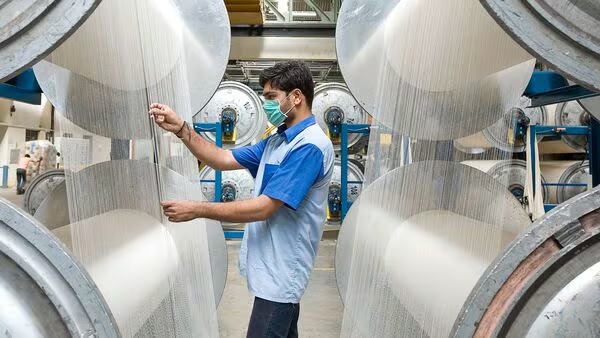Researchers at the University of Delaware have unveiled a chemical processing technique to convert old fabrics into reusable molecules. As detailed in a recent Science Advances paper, this method offers a promising solution to the fashion industry's mounting waste crisis.
In 2018, the EPA estimated that textile waste in the United States reached 17 million tons, comprising 5.8 per cent of total municipal solid waste (MSW).
Although many textiles are reused, they are not included in generation estimates and eventually end up in the MSW stream. The recycling rate for all textiles was 14.7 per cent, with only 2.5 million tons recycled. Specifically, the recycling rate for clothing and footwear was 13 per cent, and for items like sheets and pillowcases, it was 15.8 per cent.
Additionally, 3.2 million tons of textiles were incinerated, representing 9.3 per cent of MSW combusted with energy recovery, while landfills received 11.3 million tons of textile MSW, making up 7.7 per cent of all MSW landfilled.
Textile recycling faces significant challenges due to the complex nature of fabrics, which often combine materials like cotton with synthetic fibers such as polyester.
Less than 1 per cent of textiles are currently recycled, with a substantial portion ending up incinerated or in landfills,” notes Dionisios Vlachos, Co-author, University of Delaware. This contributes significantly to environmental pollution, including microplastic contamination in oceans, he adds.
The research team turned to chemical recycling as a viable solution. Using microwave-assisted glycolysis, they successfully broke down synthetic components of fabrics into reusable building blocks.
This process involves applying heat and a catalyst to dismantle polymer chains, converting them into smaller, manageable units. The technique achieved remarkable results, with up to 90 per cent of polyester fabrics converted into BHET molecules, essential for producing new polyester textiles. Notably, this process did not affect cotton fibers, allowing for the simultaneous recovery of cotton in polyester-cotton blends.
The researchers optimised the process to operate within 15 minutes, significantly improving efficiency and cost-effectiveness. The method proved effective across various fabric compositions, including blends with polyester, cotton, nylon, and spandex.
With continued refinement and scaling, this chemical processing technique holds the potential to drastically increase global textile recycling rates, mitigate environmental impacts, and foster a more circular economy, affirms Vlachos.











